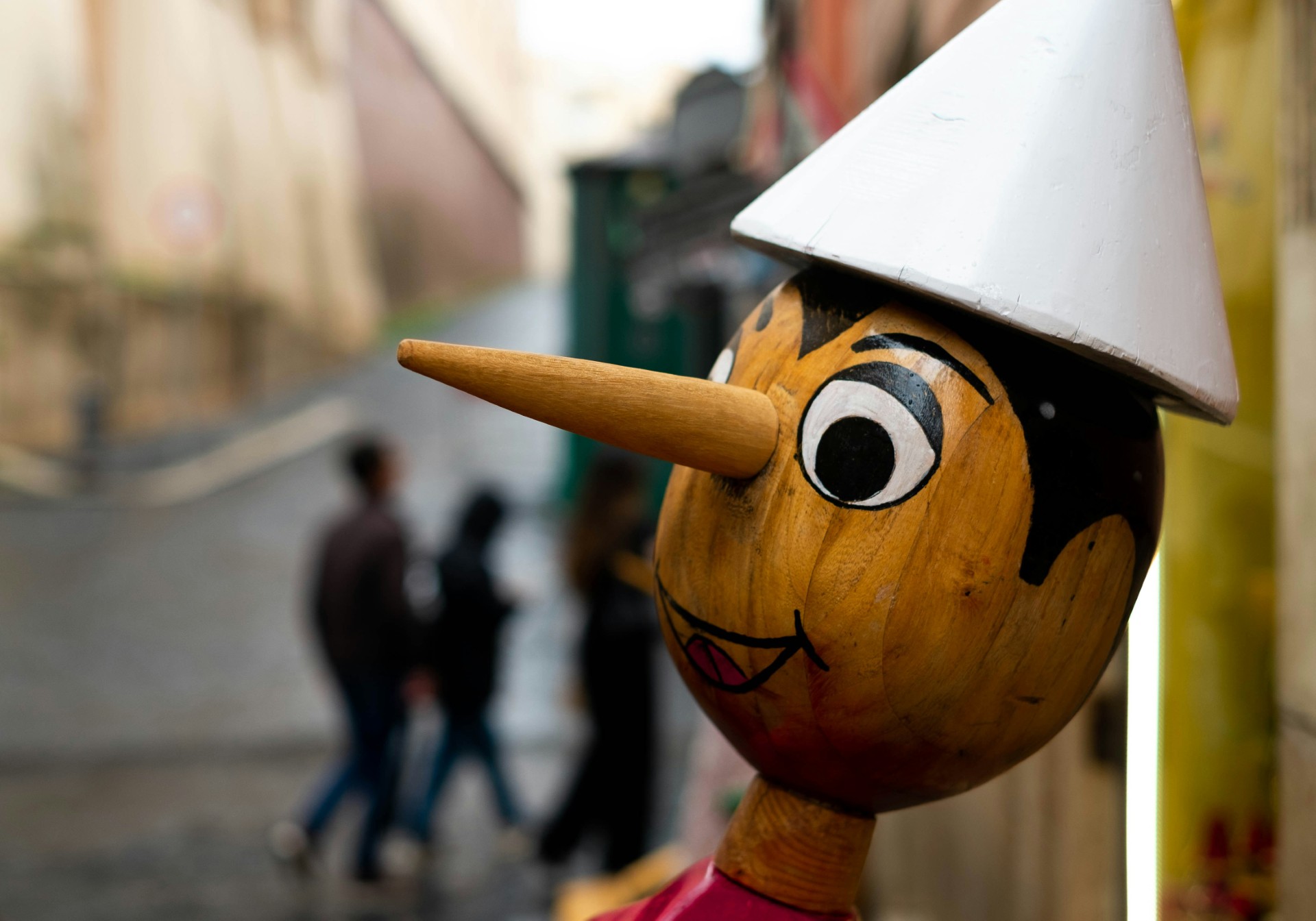10 Fascinating Facts about Umbria
Posted on
Umbria is an untouched, luscious paradise that is often referred to as the green heart of Italy. It is idyllic in setting, with only countryside surroundings and no interloping of other country borders or the coast. It is admired as a tranquil version of the beautiful and charming region of Tuscany and has slowly become a desired destination for those seeking something unique. Here at Essential Italy, we have selected ten fascinating facts so you know what’s in store before staying at one of our Umbria villas.
The Name has Origins from Antiquity
Before the Roman age, the language of Umbria was Umbrian. Every region of Italy had its own distinctive dialect, and this language was one of the Italian languages that had ties to both Latin and Oscan. The prehistoric community of Umbria initially occupied the Apennine area situated amongst the Adriatic Sea and the river Tiber. However, it is understood that the Umbria region was originally inundated with a diverse group of communities, including the Etruscan societies.
Umbria was Split Between the Territories, Umbrians and Etruscans
The towns Perugia and Orvieto belonged to the Etruscan territories. Whereas Gubbio was the heart of Umbrian living. It was not long before the region caught the attention of the colonising Romans, and during the 3rd-century BC, the Romans began taking over the area with the competition of the Etruscans. It wasn’t until the end of the 3rd-century that the Umbrians were entirely under the rule of the Roman Empire after the Battle of Sentinum.
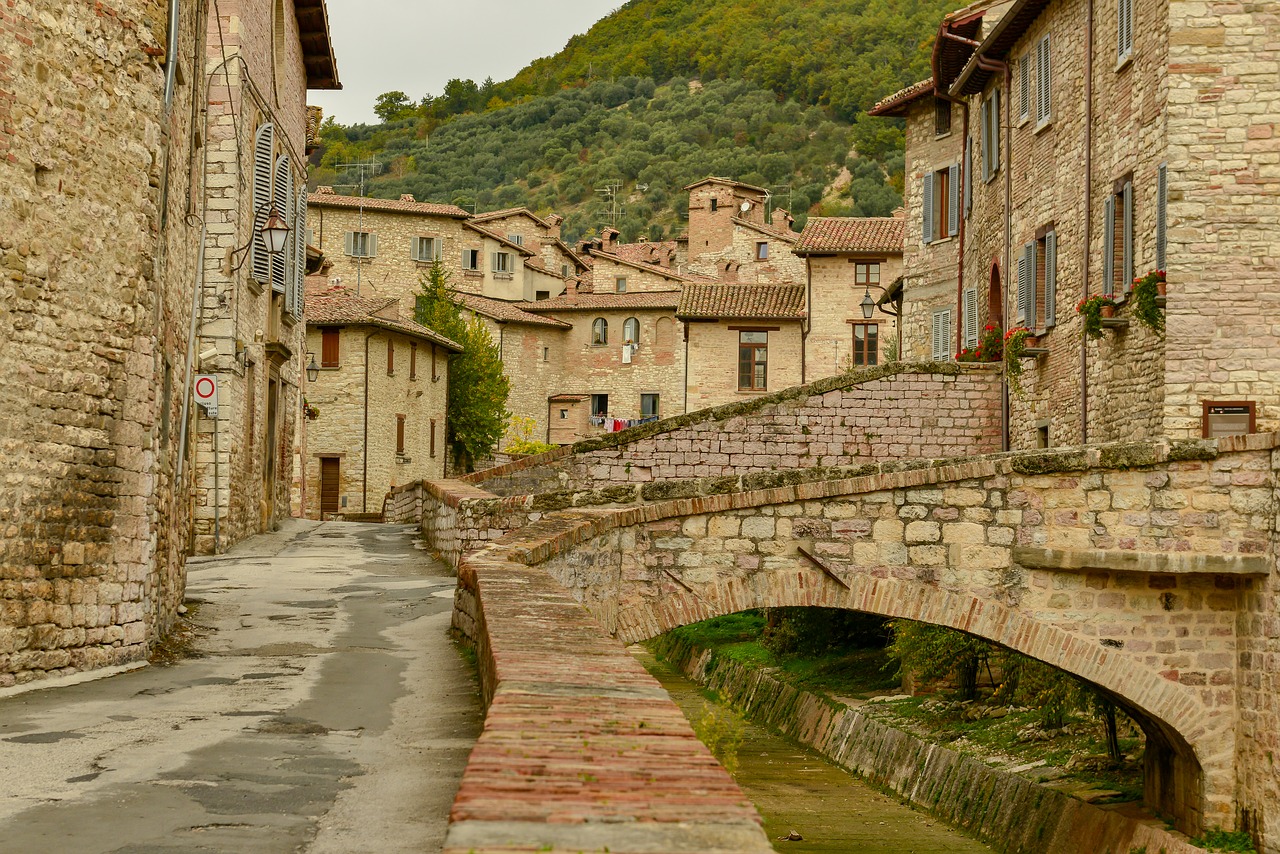
World War II Destroyed the Industrial Development Umbria Finally Gained at the Start of the Century
As the 20th-century commenced, Umbria was regarded as a centre of industrial development. It was the era of fascism and Umbria was a focal point for industry. However, the devastation caused during World War II ruined any previous growth. Terni and Foligno were main areas of target, with steelworks pulled apart by German troops and bombed. After the destruction of WWII, the area received some restoration and hydroelectric plants were set up along the Tiber and Nero rivers but has overall stayed an agricultural bliss.
Orvieto is Home to a Network of Underground Tunnels
This stunning Italian town is situated on a beautiful hilltop overlooking the mountainous scenery that Umbria is famous for. Its history is diverse, and you can discover an array of historical architecture. For example, the striking Gothic Orvieto Cathedral is doused in breath-taking Renaissance artwork by Luca Signorelli. The real fascination of this captivating town is the mysterious web of grottos and tunnels created underneath, during the Etruscan period. Their uses have been vastly productive, a notable one being as a shelter during the bombings of the Second World War.
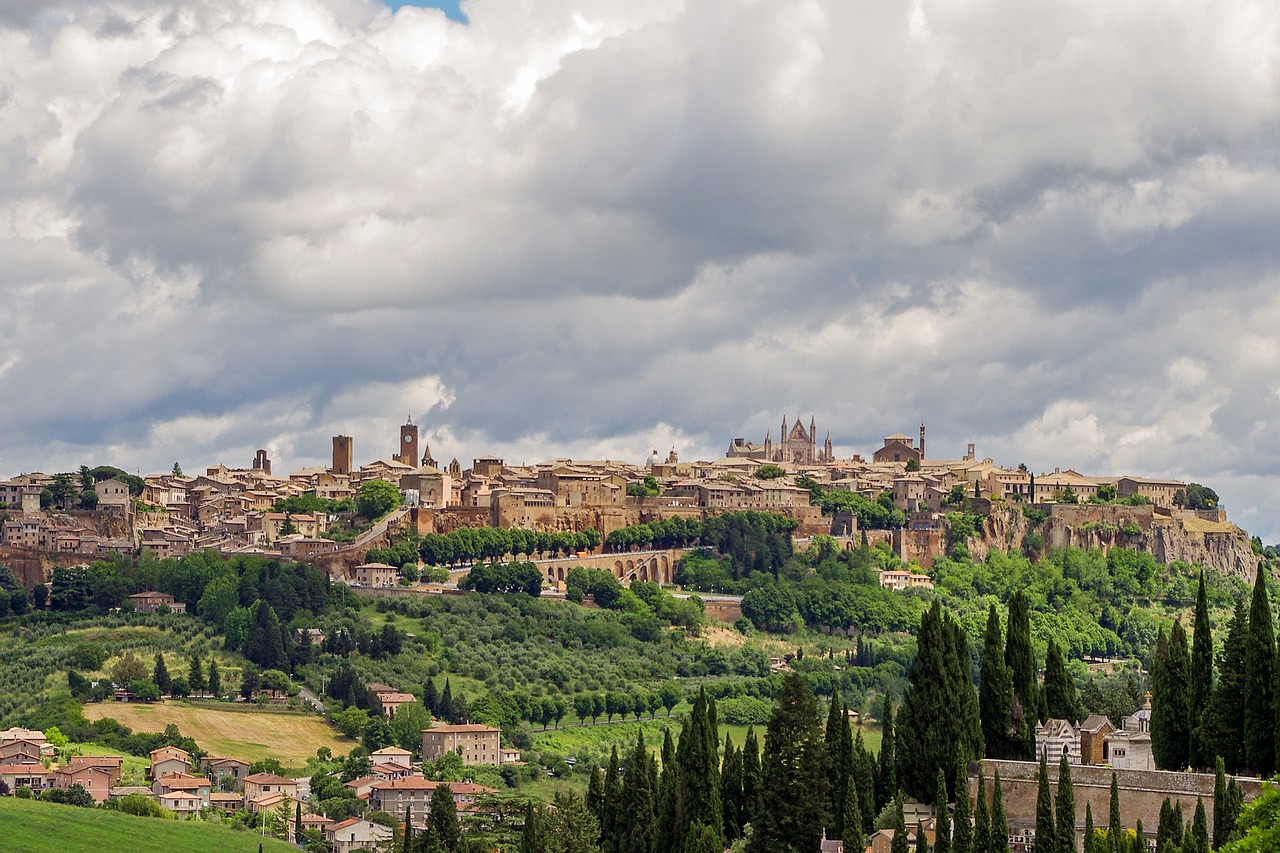
It is Host to the Tallest Man-Made Waterfall
Marmore waterfall is an impressive, artificial waterfall that was created by the Romans, to drain water from the river Velino. It stands at 165 metres tall and is in a stunning location, surrounded by lush greenery. The Marmore waterfall is a few kilometres from Terni so if you’re close to the town don’t forget to visit this spectacular sight.
It is Home to Italy’s Fourth Largest Lake
Lake Trasimeno is a beautiful lake situated in the region of Umbria. It is surrounded by atmospheric castles and charming medieval towns including Passignano and Castiglione del Lago. Small but unique vineyards also line the lake and are a fantastic find for some special wines that can only be produced in the microclimate of the lake.
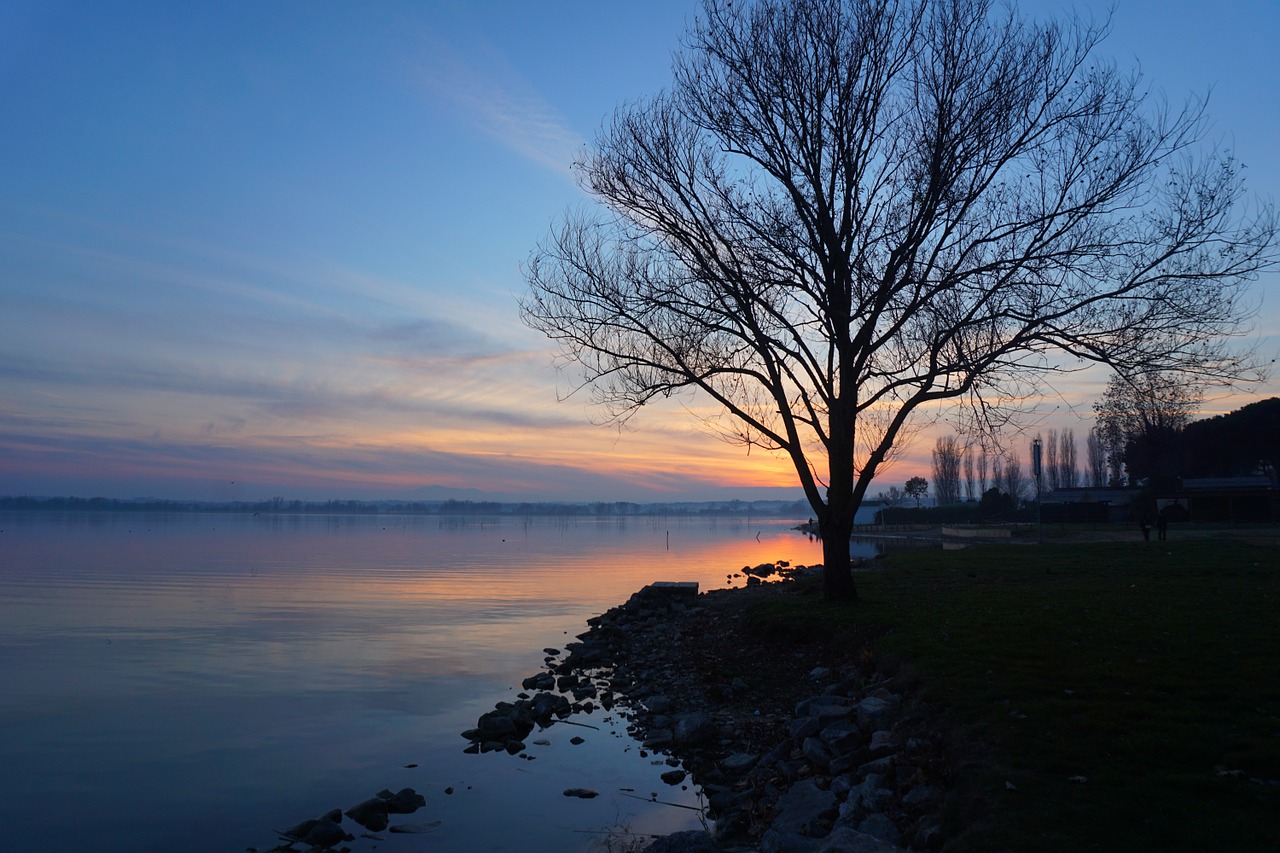
Umbria is Also Known as the Wine Region of Italy.
The most famous winery in Umbria is the Lungarotti Winery that sits near the border of Tuscany. The winery was responsible for the first DOC (Denominazione di Origine Controllata) of the region, as it ramped up the production and quality standards in the 1960s. The DOC label on wine ensures a certain quality is being met. The winery pays homage to the region’s traditions with a wine and olive oil museum and a foundation for the land’s agricultural traditions.
The Ceri Festival is a Unique Festival to the Region
Umbria is a region where tradition, fairs and celebrations still hold significant meaning to the locals. The festival of the Ceri is considered the most important festival in Umbria, and it is held in the town of Gubbio. On the 15th day of May, three teams, each devoted to patron saints St Ubaldo, St Giorgio and St Antonio, run through the cheering crowds that gather in the town in their distinctive and traditional wear of yellow, blue and black. The run takes them from the main square in front of the Palazzo dei Consoli up much of the mountain that resides in Gubbio. Each team carries the statue of their saint that is mounted to a wooden octagonal prism, weighing around 280kg. This tradition has been going strong since 1160! The festival is both a celebration of devotion and history of the Umbrians.
Assisi is the Birthplace of St Francis
Assisi is the birthplace of two very significant saints in Italian history: Saint Francis and Saint Clare. Saint Francis is believed to be the saint of animals, and the city is referred to as the city of peace. This city is one of the leading destinations for pilgrims each year. If you are visiting Assisi, you should visit St Francis’ Basilica and Saint Clare’s churches.
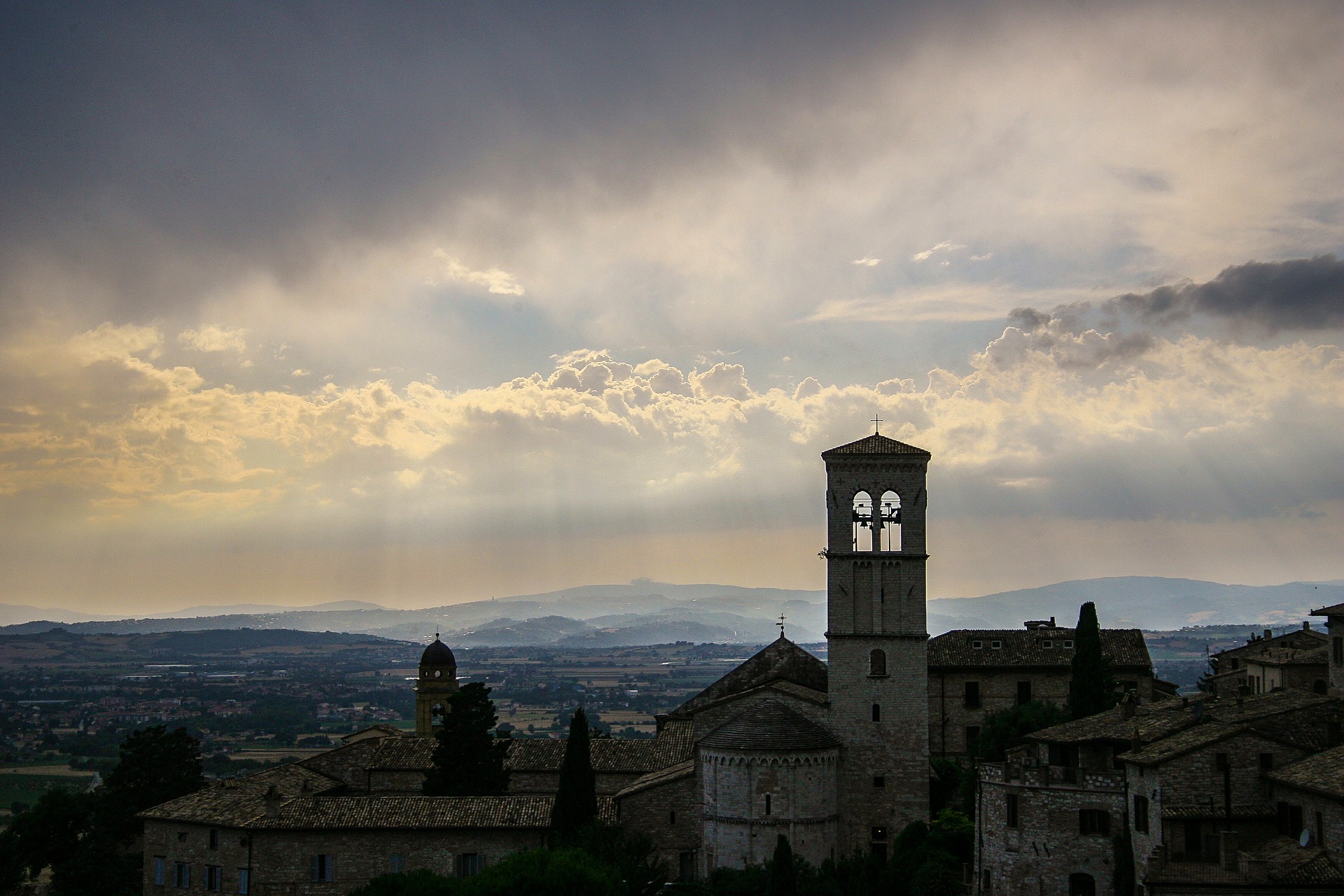
Umbria is Home to Many UNESCO Sites
These include Assisi, the church of San Damiano, L’eremo delle Carceri, the Santuary of Rivotorto and its historical landscape, the Basilica of Santa Maria degli Angeli and Palazzo del Capitano, the church of San Salvatore in Spoleto and the Tempietto del Clitunno. We suggest you visit these significant sites as they will be one of the highlights of your trip.
Want to learn more about this wonderful region? Why not take a look the Must-See Towns in Umbria.

